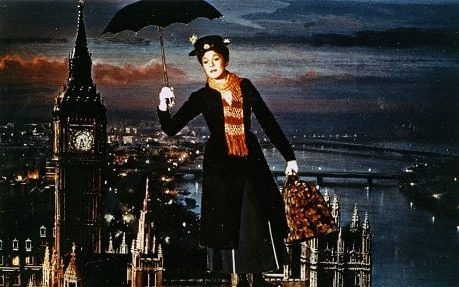While all of them are of deep importance to the heritage of these nations, there are a handful that are so absolutely well known, they have become almost symbols of the Earth itself.
We have to admit that their monumental size seems to play to their advantage, invoking a deep sense of awe at the sheer human willpower that made them possible, often in an age when construction techniques were far different from the ones we enjoy today.
The Statue of Liberty represents the American Dream, in which every man or woman on earth is free to become the person they strive to be. The Great Pyramids of Giza are a connection with the ancient Egyptian dynasties that ruled the Nile valley for millennia. The Great Wall of China maps the history of China throughout the centuries defending their land from northern invaders, and the British Houses of Parliament, crowned with Big Ben, are the symbol of modern democracy and internationalism known all over the globe. Oh, and it’s also a clock.
Despite being one of the more recent icons of western culture (Its construction was completed in 1859), Big Ben has become the favorite go-to image for English schools, travel agencies, and even translation businesses. Anything that has something to do with Great Britain is likely to use a photo of Big Ben in one way or another. Movie shot in London? Yep, there goes Big Ben.

Image: The Telegraph
So it’s kind of surprising to discover, especially after having said Big Ben so many times, that the thing isn’t even called Big Ben at all! The most recognizable element of the monument is the neogothic tower, originally simply known as “clock tower” (Renamed to “Elizabeth tower” in 2012 to celebrate the diamond jubilee of Queen Elizabeth II), followed by the clock, simply known as…well, “clock”.
Big Ben is in fact totally invisible to the outside observer, as it is the name of the main hourly bell within the tower. Of the five bells housed in the building, Big Ben is the largest and heaviest, clocking in (pun intended) at over 15 short tons. The smaller bells, known as chimes, are used to play the melody for the Westminster Quarters, also immensely recognizable in its own right.
However, the reason for which Big Ben was built wasn’t simply to be the tourist landmark we know today. At the time of its construction, it was the most accurate four-faced clock in the world, and it served to keep the time for the Palace of Westminster and the Houses of Parliament, in addition to several other governmental buildings in the area. As a result, Big Ben kept the time for an empire that spanned the globe for over a century. Many of the most important decisions of the 19th and 20th Centuries were made under its tolling. War was started, peace was signed, and half the world was run to the tune of its quarters.
So next time you visit Big Ben, remember that you don’t see it, you hear it! And also remember that even though we now have watches and smartphones that tell us the time whenever we need it, for over 150 years Big Ben was the time keeper of the world.





